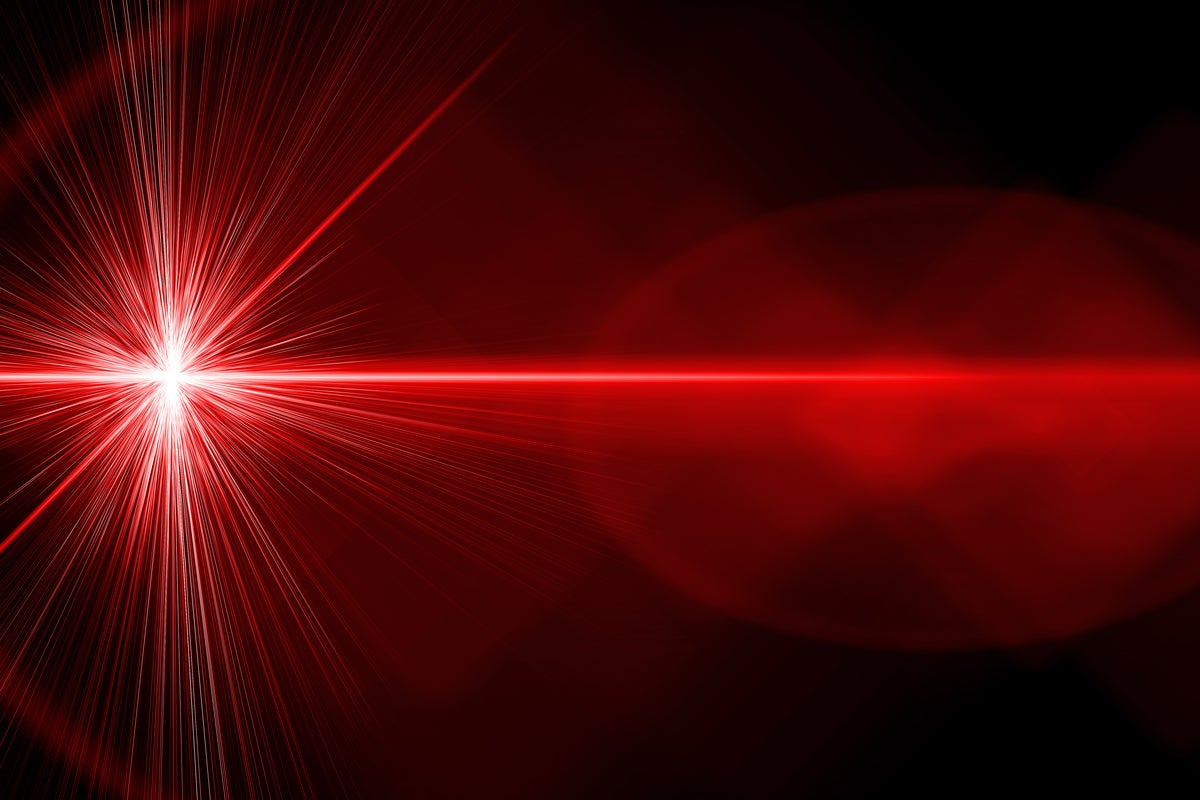- The iPad Mini is 20% off, making my favorite portable tablet even easier to recommend
- Best Buy is giving away $300 gift cards when you buy a Hisense TV - here's how to qualify
- How to uninstall the iOS 26 beta on your iPhone (and why you might want to)
- AI agents will be ambient, but not autonomous - what that means for us
- I replaced my premium headphones with this classic Bose pair - and didn't regret it
5G base stations could be powered by lasers

Laser-powered 5G base stations could become an operational reality in a few years using technology from Seattle-based PowerLight Technologies.
In trials, PowerLight’s system transmitted “hundreds of watts over hundreds of meters through the air” to power up a 5G cellular base station, according to Ericsson, which ran the demo in cooperation with PowerLight using an Ericsson Streetmacro 6701 base station. (It consumes a maximum of 300W.)
PowerLight COO Bob Zak said he expects the systems to be commercially available within 24 to 36 months. “We’ve tested it out to a kilometer…but the goal is multiple kilowatts over multiple kilometers,” according to the company’s president and CEO Richard Gustafson.
Ericsson says the system could make for faster rollouts of base stations by making it unnecessary to provide wired power. It could also help to rapidly establish wireless coverage in emergencies or to support temporary uses such as festivals and sporting events, according to an article by Ericsson.
The system consists of a laser transmitter that generates an infrared beam to a receiver that captures it with a photovoltaic cell that in turn converts the light to electricity that can be used immediately or stored. It uses beam shaping to optimize the laser energy, minimize loss as it’s transmitted, and maximize output at the other end, according to the company website.
A safety system shuts down the laser within milliseconds if an object nears the path of the beam, then restores the beam when the object moves away. In in the demonstration, a battery backup kept the base station powered up when the beam shut down temporarily after a pole was moved through its path.
The US military has been interested in the system at least since 2019 when PowerLight demonstrated it at the US Naval Warfare Center in Maryland. During that demo, the laser beamed 400W across 325 meters, according to a US Naval Research Laboratory article.
If the technology advances enough, potential uses include recharging electric drones while they are in flight and providing power to military outposts from solar arrays orbiting Earth, according to the article. During the demonstration in Maryland, the electricity generated by the photovoltaic cells was converted into DC power then AC power by an inverter.
PowerLight is also working on an outgrowth of the technology that uses fiber-optic cable as a medium over which to transmit laser power. The company said this would have advantages over delivering power via copper wiring because fiber doesn’t give off an electrical signature and is lighter than copper, and.
The company, founded in 2007 as LaserMotive, said it is testing the system with multiple other partners.
Copyright © 2021 IDG Communications, Inc.

